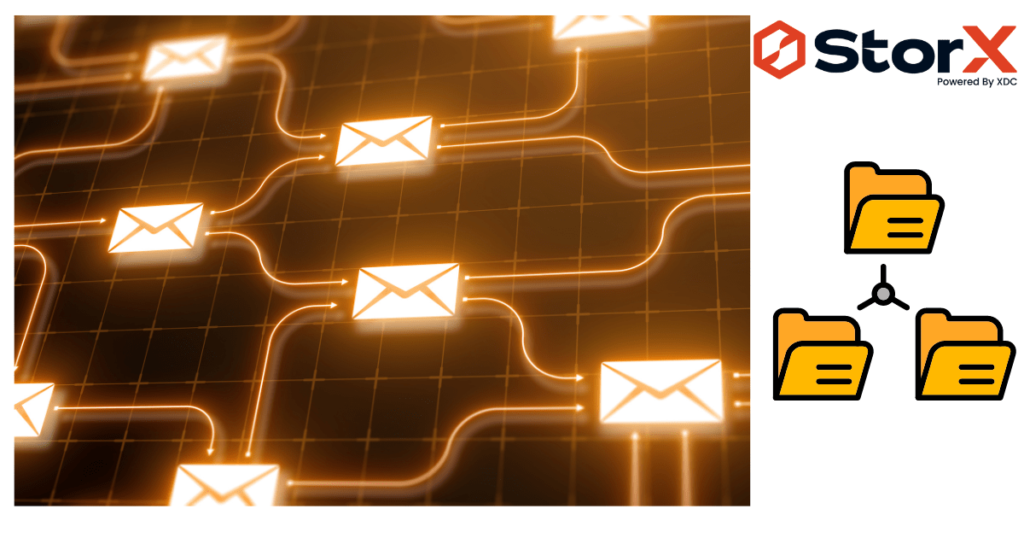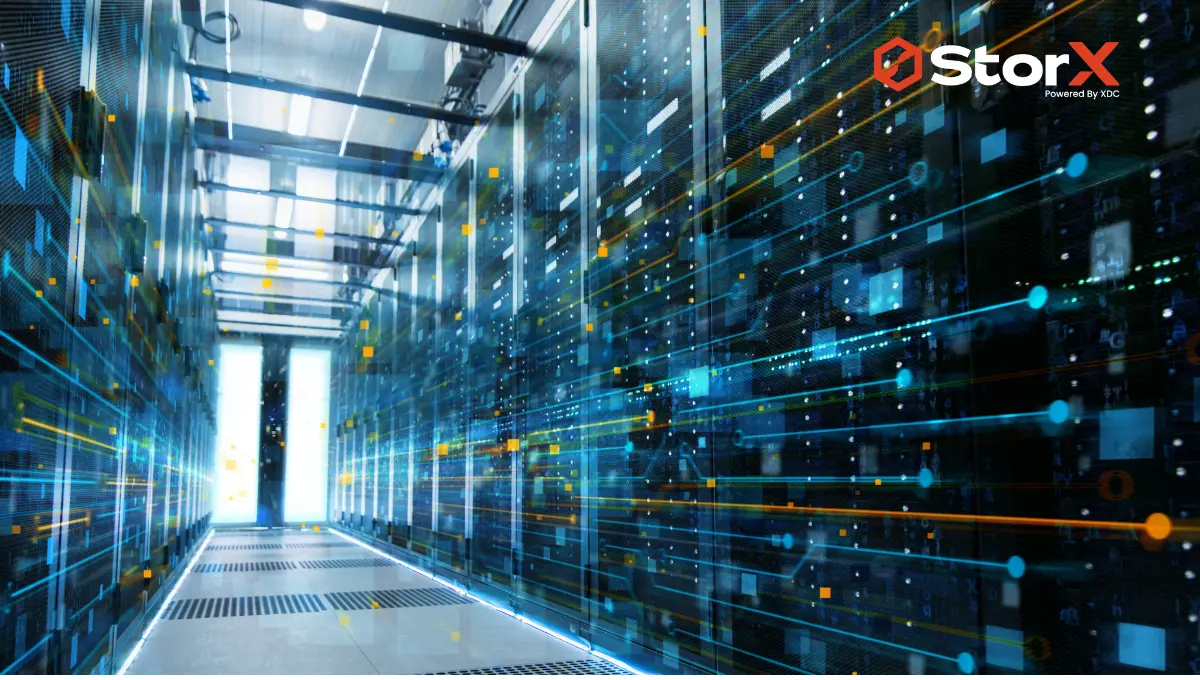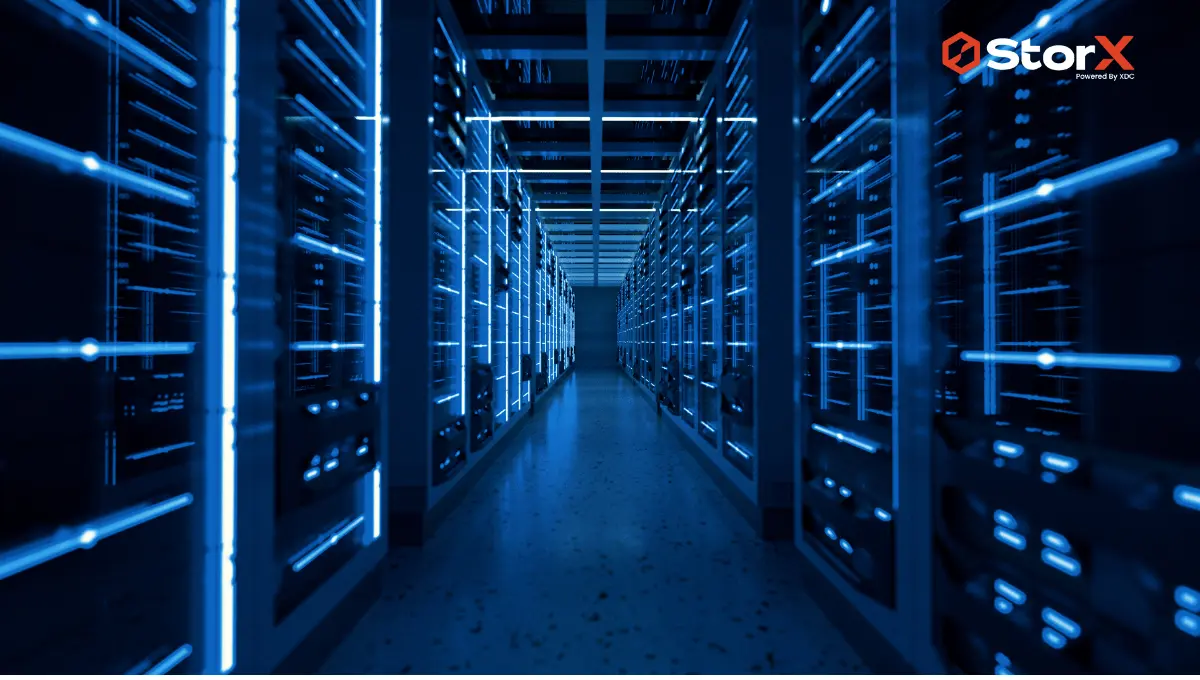Secure File Sharing for Government: Meeting Compliance and Security Standards
Today when cyber attack cases are at an time high, keeping government data safe is more important than ever. Secure file sharing for government makes sure only the right people can see important information. These file-sharing techniques involve special locks and keys to get into the data vault. Let’s see how these locks work and why they are important in using on-premise file-sharing solutions where the government keeps all its data inside its secure walls.
Requirements for Secure File Sharing in Government
Compliance and Regulations:
Secure file sharing for government needs to follow strict rules to make sure everything is safe. There are big rule books like the Federal Information Processing Standards (FIPS) and guidelines from the National Institute of Standards and Technology (NIST). These rules make sure that when government agencies share files, they do it in a way that no one can sneak a peek. Every time national employees share files using secure file sharing for the government, they do it according to these rules.
Security Features:
Secure file sharing for the government follows these set of security features:
1. End-to-End Encryption:
This means the message is wrapped in a special code that only the person who is supposed to read it can unlock.
2. Multi-Factor Authentication:
It’s an extra password or key that the user should know to access the file.
3. Audit Trails:
It shows who has looked at or changed a file. This helps make sure everyone follows the rules.
Integration Capabilities:
Secure file sharing for government needs to work well with other computer systems the government uses. This means all the different systems can talk to each other safely and pass information back and forth without any problems.
Advantages of On-Premise File-Sharing Solutions
On-premise file-sharing solutions are different from cloud-based solutions because they keep data within the government’s own building.
Control and Security:
On-premise file sharing gives you more control over who can see your data. Since everything is kept in your building, you can lock the doors and control who has the keys. This makes it easier to protect sensitive government information from people who shouldn’t see it. The government can also install its own security systems to ensure that the data stays safe.
Performance and Reliability:
When data is stored on-premise, it can be faster and more reliable. If you need to access files quickly, like in emergencies, you don’t want to wait for files to come from the cloud. On-premise solutions let you get to your data right away. This is important for government work, where things need to happen without delays. And on-premise systems aren’t affected by internet outages, which means they are always available when you need them.
Customization and Compliance:
On-premise file sharing can be customized to meet specific needs. Governments have to follow strict rules to keep data secure. With on-premise solutions, you can change the settings to ensure you follow these rules. This level of customization makes it easier to comply with regulations, keeping everything legal.
Cloud vs. On-Premise: A Strategic Decision for Government
When government agencies need to decide where to store and share their files, they have two options: between cloud and on-premise solutions. Both options have their benefits, and choosing the right one depends on what the government needs for different projects.
Cloud Solutions:

Cloud solutions store data on servers managed by another company, and this data can be accessed over the Internet. This is great for projects that involve teams from different places because everyone can get to the data from anywhere, at any time. Cloud services can also adjust quickly if you need more space, which is helpful for big projects that grow unexpectedly.
On-Premise Solutions:
On-premise solutions keep all the government’s data on its own servers, which are usually located in government buildings. This is really good for keeping data safe because the government controls everything about it. Also, because the data doesn’t travel over the Internet, it can be quicker and more reliable to access within the government network.
Making the Decision:
To decide which option is best, government agencies look at a few important things:
1. Security:
How sensitive is the information? If it’s very sensitive, on-premise might be safer.
2. Cost:
Sometimes, setting up and maintaining on-premise servers can be more expensive than using the cloud.
3. Flexibility and Scalability:
If the project may need more resources suddenly, the cloud can provide this more easily than on-premise solutions.
4. Access Needs:
If team members need to access data from different locations or outside of office hours, cloud solutions are usually better.
Secure file sharing for the government is crucial for maintaining the confidentiality of government operations. It ensures that every piece of data is handled with the utmost care and protection from unauthorized access. The choice between cloud and on-premise solutions is also important considering data sensitivity, cost, and the need for urgent access during critical situations. The on-premise solution aligns with the specific security and operational demands of any government agency.





